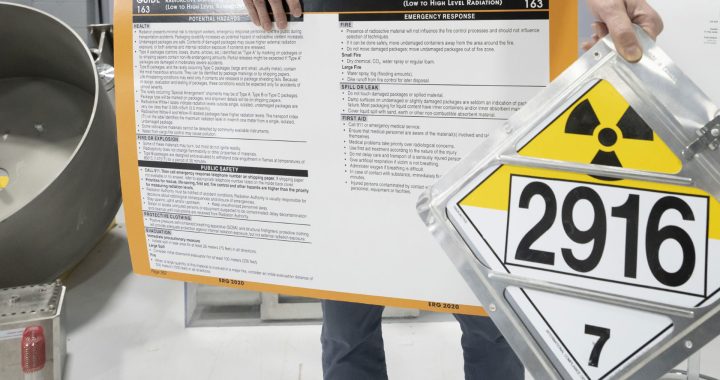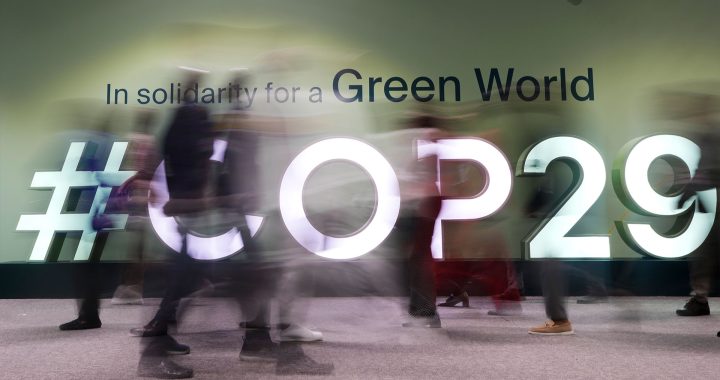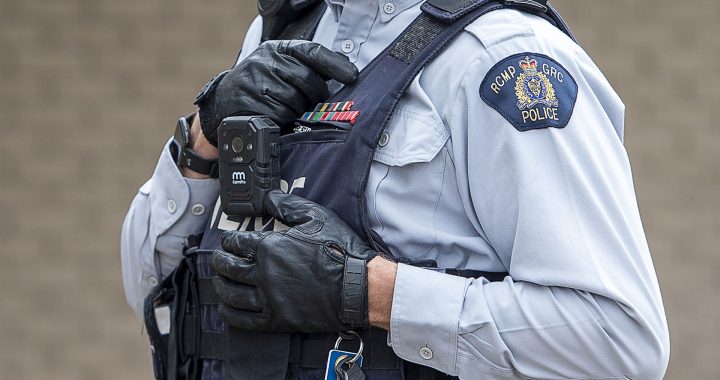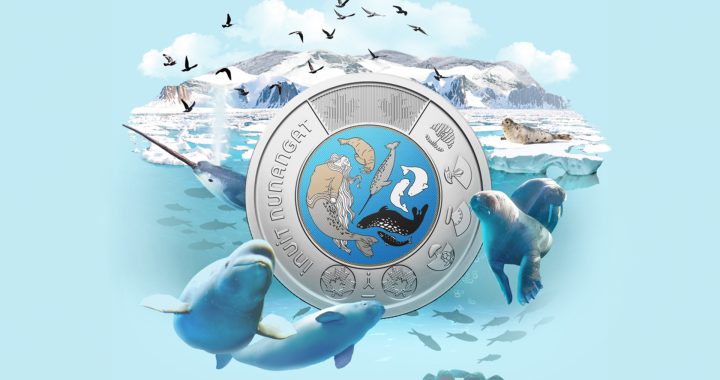First Nations chiefs and Métis leaders testified before the House of Commons environment committee Monday about communication issues with Imperial Oil about the Kearl tar sands.
Daniel Stuckless, director of administration for the Fort Mckay Métis Nation, told the committee the spill should have never happened in the first place.
“In the view of the Fort McKay Métis Nation, the events that have transpired are (allegedly) negligent. This has been avoidable from the start and it should not have happened. To date no one has been held accountable for the incident.”
The discovery of an overland spill is what first brought the ongoing tailings pond leaks to the attention of area Indigenous communities. The leak was the size of an estimated 5.4 million litres or enough to fill two Olympic-sized swimming pools.
Read More:
While tailings pond leaked, Imperial Oil lobbied Alberta government on ‘cost-effective’ regulation
Imperial Oil reported it to the Alberta Energy Regulator [AER] on Feb. 4.
The second spill was tainted water from a tailings pond leaking into the surrounding area by the Kearl tar sands mine, 70 km north of Fort McMurray.
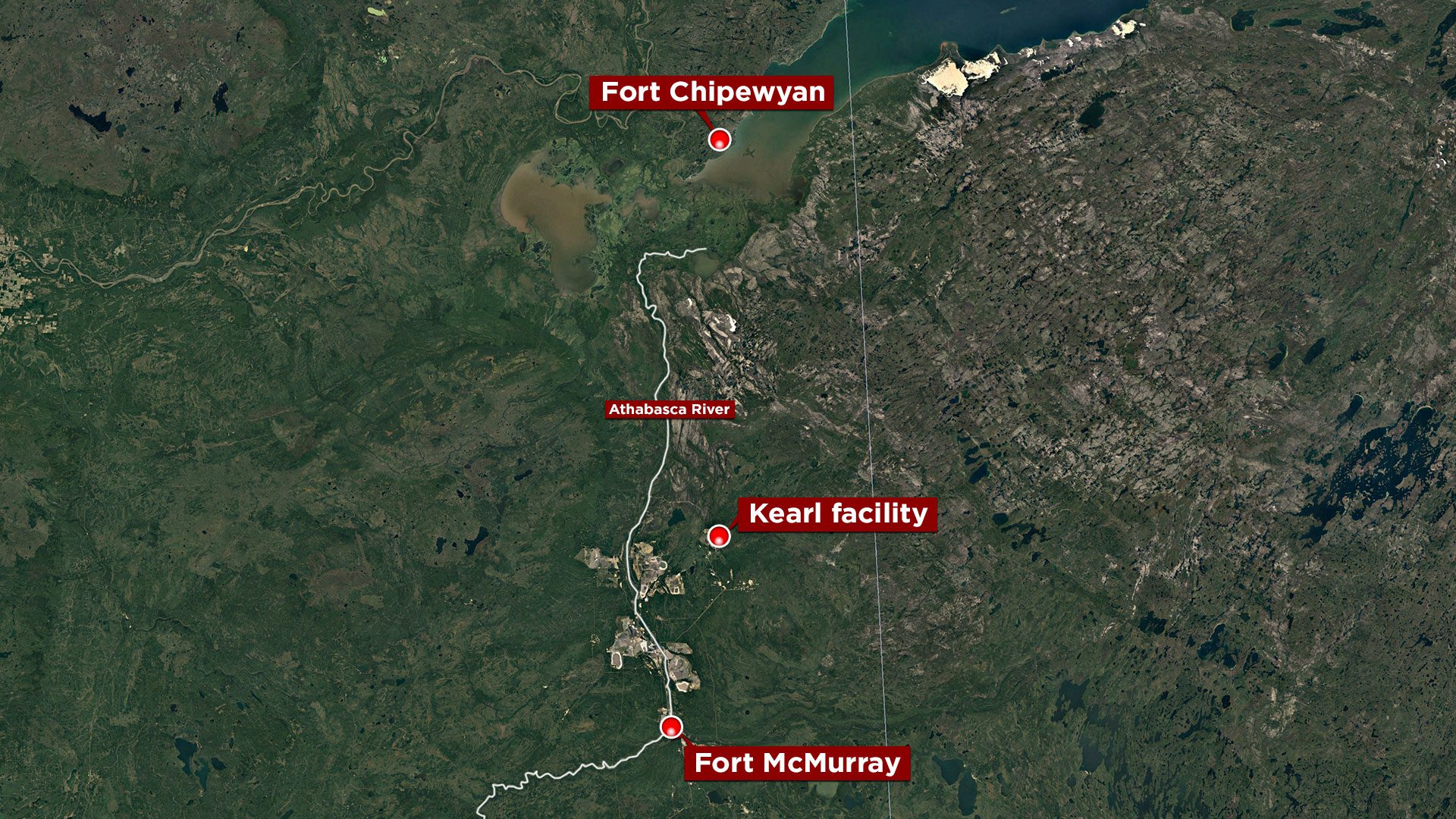
Athabasca Chipewyan First Nation Chief Allan Adam said he learned about the tailings pond leak from a former chief rather than the AER or Imperial, an oil and gas company.
Kearl is more than 300-km from the First Nation, but many members of the Mikisew Cree Nation, Fort Chipewyan Metis Nation and Athabasca Chipewyan First Nation hunt and fish in the area.
Chief Adam said he has no faith in the provincial regulator to hold Imperial to account.
“The AER in Alberta is a joke,” he told the committee. “A complete joke.
“And if you all stand here and sit here with me and think about it. And you agree with it. Then why am I here? They’ve been [allegedly] rubber stamping the industry for the last 40 years.”
AER could not be reached for comment.
Mikisew Cree Chief Billie-Joe Tuccaro told the committee about the toll the spill is having on the mental health of his members.
“My members are scared,” he said, “we have people who are scared to drink the water. And we aren’t even sure how long our supply of drinking water is going to last in Fort Chip.
“People are stressed out. They are worried about their health.”
The Liberal government has said it is “working to get to the bottom” of concerns about a seepage and spillover at Kearl.
In a statement on April 12, Imperial said “based on the company’s monitoring, released fluids did not enter any river systems and water sampling continues to show that there have been no impacts to local drinking water sources.”
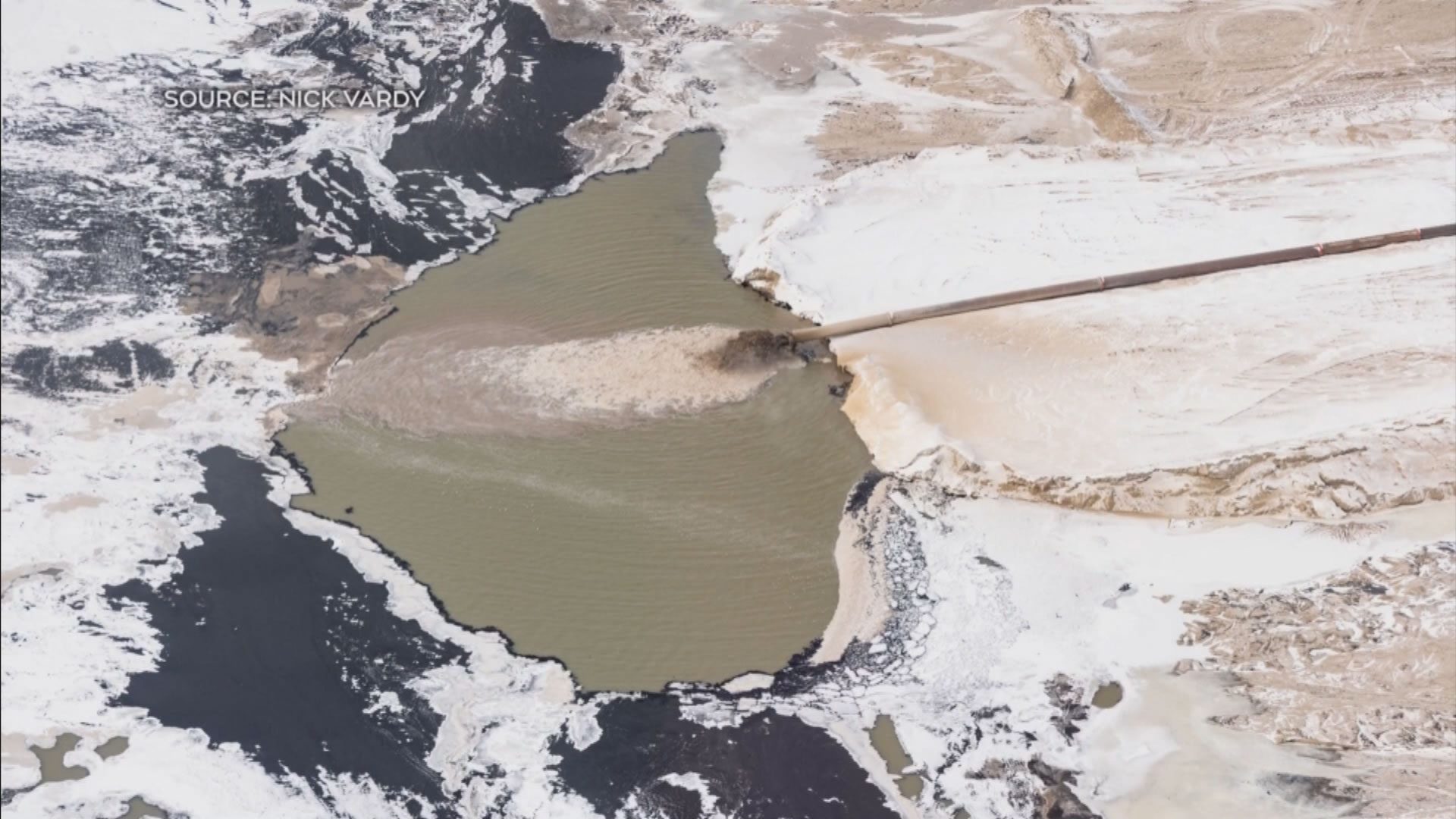
In a statement to APTN News, Imperial said it is continuing to clean up and prevent any issues with the environment.
“We continue to take actions to prevent potential impacts to downstream waterbodies. Last week, we put forward a plan to the regulator to install additional recovery equipment and accelerate an already planned recovery program,” said the statement emailed Monday.
The most recent testing by the AER confirmed levels of hydrocarbons exceed government guidelines in a lake at the northeastern part of the tar sands mine.
But Imperial said its third-party testing does not show the same information.
“Our ongoing third-party sampling analysis in Waterbody 3 continues to meet aquatic life guidelines for F2 hydrocarbon,” said its statement.
This small lake is considered “fish-bearing” and feeds into a tributary of the Firebag River, which is 3 km from the Kearl site.
However, the update from the AER said “naphthenic acids were detected at low levels at two locations close to the seep, as well as at one new location close to the outlet of the waterbody that connects to a tributary of the Firebag River.”
No guidelines exist for naphthenic acids in water.
Imperial chief executive officer Brad Corson is scheduled to testify before the House of Commons environment committee on April 24 to explain how his company has handled the problem and communicated with Indigenous nations.
Imperial did not provide dates for future meetings with Indigenous communities.





